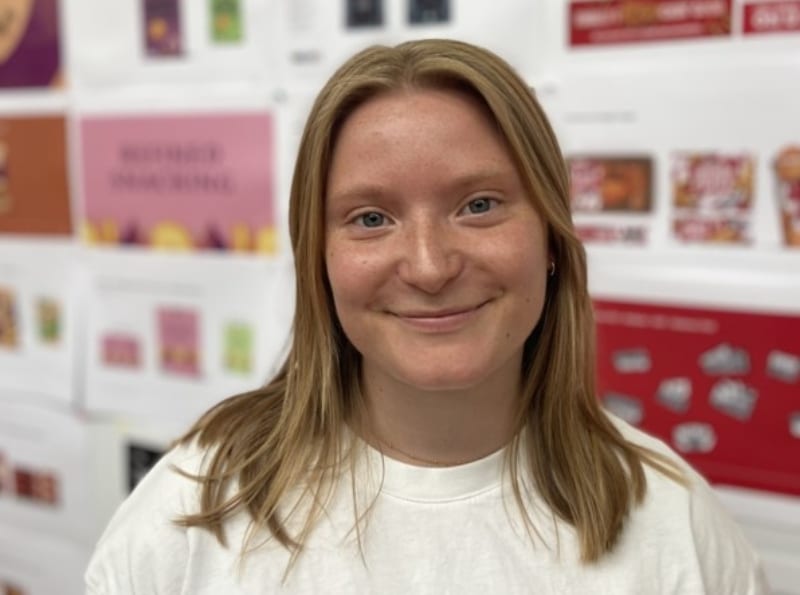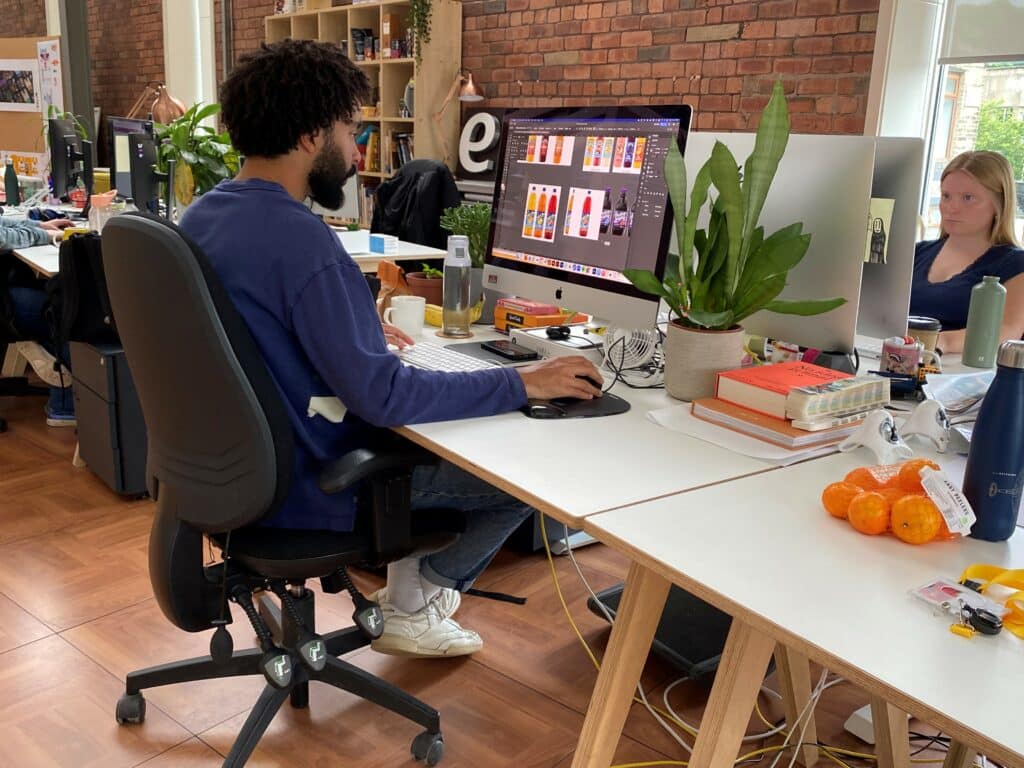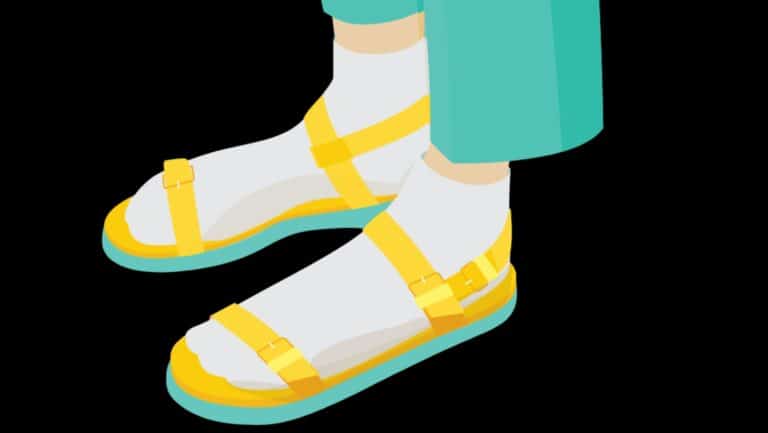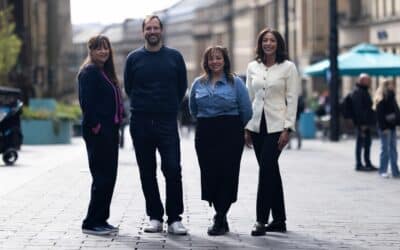‘Third agers’ are a lucrative opportunity for brands – but marketing creative still tends to patronise and stereotype them. Fresh from completing a dissertation on the subject for her university degree, Sun Branding Junior Designer Emily Pritchett explains why creatives must change the way they design for the older generation.
Designers, marketeers and researchers love to categorise. It makes things easier to put people into a box, or many boxes, based on age, wealth, or gender – or anything, really.
What seems blatantly clear to me is that, as creatives, we need to be designing for the box-breakers, the free thinkers and the revolutionaries if we are to inspire any change. And who would have thought these characteristics can be found in the over-65s?
Speaking of categories, if we’re doing that, the one I’m passionate about is the ‘Third Agers’. First coined by gerontology researchers in 1986, ‘Third agers’ are those in the third stage of their lives, duh. It’s the post-retirement, pre-infirmity ‘golden years’ which are becoming a lucrative opportunity for big companies, as the Third Agers in 2024 have huge spending potential and are making the most of their time before the aches and pains kick in.
Every individual is different, but these days, third agers are healthier and wealthier than ever before. They value time with family, friends, going on holiday, trying new hobbies. They’re gym-goers, they’re socially aware, they’re tech-savvy, they’re dating.
Designers want to target Gen Z to lock in a customer for life, I get it. But why are we designing for the older generation like they could drop dead at any minute? Products, packaging and places – everything’s designed to segment third agers, and often without meaning to, we patronise and stereotype – and put them into boxes.

I won’t bore you with the 12,000 words I wrote on design in the Third Age for my university thesis, but I will summarise why design and packaging might be falling short of meeting the needs of the older generation, and what we could do to help.
A study by the Design Age Institute found that the main stress factors in design for older users were related to packaging. Food and medical packaging were found to cause the most annoyance, specifically ring pulls, glass jars, clingfilm, peel-back labels and resealable packaging.
Other daily challenges were cooking instructions being written too small, unclear recycling instructions (third agers are incredibly eco-conscious, believe it or not), and being unable to differentiate between shampoo and conditioner. Seals on milk, yogurt and toothpaste all require more strength than we expect, and bleach or medical lids, whilst understandably being child-proof, also end up being grandma-proof too!
Many third agers will start to avoid certain products if they feel they won’t be able to open them, they might start using scissors or knives to break into tins, they might have to ask for help from family or neighbours if they’re struggling, and they might even ignore or mis-read their medication.
Importantly, these frustrations are not siloed to the older generation, they are experienced by all age groups, but the impact of poor packaging design can leave older users feeling weak or incompetent. It’s vital for the mental and physical health of our third agers to remain independent for as long as possible, because everyday failings across all design disciplines can almost ‘speed up’ the process of ageing.

Third agers, as I’ve said, are not hobbling around care homes nattering about the weather, they’re trying to make the most of their retirement before all that starts to become reality. Many of them have a good ten years of holidays and hobbies and spoiling their grandchildren – that means we, as creatives, must value, appreciate and design for them in an aspirational way.
So, how can we do that?
- Un-do ageism
Throughout the creative process we need to be asking the right questions; inclusivity must come first. Our prejudice will affect the way we design if we are not testing, re-evaluating, communicating or constantly learning from each other. Design really can pave the way for change, but that starts with our mindset.
- Beautiful not boring
Inclusive design isn’t just about practicality, inclusive design needs to be beautiful, too. Too often function overrides aesthetics when it comes to design for the older generations – third agers will still pick something off the shelf if it looks pretty, remember.
- Design an experience
Third agers are loyal consumers, they know what works for them and might be more risk-averse when it comes to trying new products. However, design can empower consumers to make the jump – and once the trust is built, they’ll be locked in, and they’re not afraid to spend.
Third agers are not just a category, they’re an opportunity. An opportunity for marketeers, yes, but a fun and exciting opportunity for designers, too. Think about it: if we start designing for third agers now, if we can figure out what works and what doesn’t, by the time I get there my retirement will be a breeze!
We need to inspire and empower our older consumers, not patronise them. Designers have a responsibility to create with care and consideration – inclusivity is a requirement, not an afterthought.















